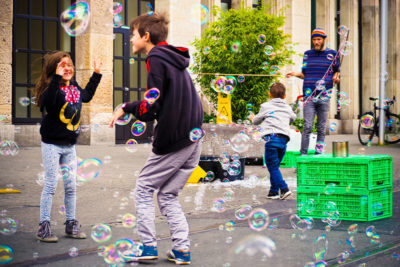
“Wherever they live, children and young people of all ages and abilities should be able to play outdoors, in a variety of ways, in high quality spaces, within sight of their homes, or within easy walking distance, where they feel safe whether or not they are accompanied by adults“.
“If they are to enjoy and benefit from play, children need time to play, sufficient space to move around fast and freely, and an environment that offers a wide variety of experiences. In addition they need adults to encourage and facilitate their play and not to inhibit their opportunities for freedom and choice. This means that the people who plan, design and manage local streets, open spaces and parks as well as teachers, play providers, parents and local residents, can all have a major impact on children’s play opportunities.”
Getting it Right for Play: The Power of Play
The nature of provision for play
If local spaces are to offer children and young people the range of experiences 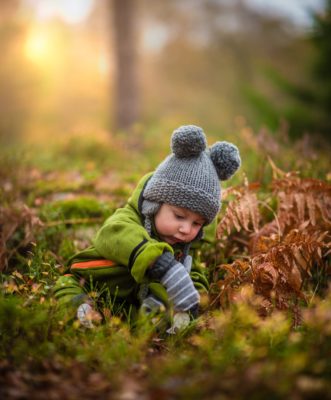 they need and thrive on, they must be well designed and maintained. This will ensure that children and young people have regular access to new, challenging and interesting experiences that stretch and absorb them, whatever their age, interests and ability. The existence of good spaces and opportunities for play allows children and young people from different social groups to mix, this can reduce socially unacceptable behaviour and vandalism and provides children and young people with places they can feel both safe and independent.
they need and thrive on, they must be well designed and maintained. This will ensure that children and young people have regular access to new, challenging and interesting experiences that stretch and absorb them, whatever their age, interests and ability. The existence of good spaces and opportunities for play allows children and young people from different social groups to mix, this can reduce socially unacceptable behaviour and vandalism and provides children and young people with places they can feel both safe and independent.
The type of environment available to children and young people for play has a major impact on the nature of that play so, careful consideration must be given to the planning and design of public spaces. The way in which children and young people relate to each other can alter depending on whether or not there are natural features in the environment and the extent to which the needs of children and young people of differing ages, interests and abilities have been addressed.
Playing outside
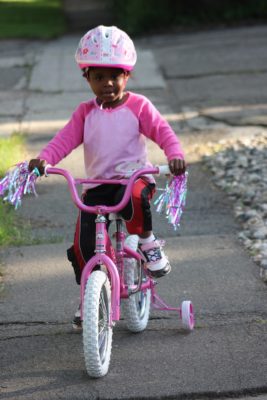
Most children want to be able to play outside in their local neighbourhood. They enjoy spaces that offer them the opportunity to experiment, to challenge themselves physically, to feel free and to interact with others. The changing nature of the outdoors makes it a more interesting, stimulating place to play, and allows children the sense of fun and freedom they crave whilst at the same time promoting their physical, emotional and psychological health.
Children and young people’s physical activity levels are related to the amount of time they spend outdoors and are therefore affected by the weather and seasons. They are also influenced by the attitudes of adults to outdoor play. Children who spend time outdoors without an adult tend to be more active than when there is an adult present. In addition, children who play outdoors more often have better social networks, are more confident and are more involved in their local communities than those who are outside less often.
Children and young people’s opportunities for and experience of outdoor play vary widely, but there are some distinct differences in the experiences of girls and boys, different age groups, those who have disabilities or not, those from different social backgrounds and those from varied types of housing environment. Religious and cultural beliefs may also influence children and young people’s play opportunities and experiences.
Local streets and open spaces
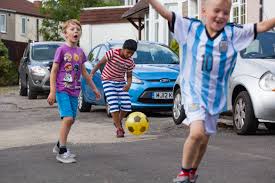 Children’s outdoor play is most commonly in the streets and open spaces near their homes, so the quality of the built environment has a significant effect on their well-being. Street play is good for friendships, socialisation, developing independence and learning about risk and challenge. Where it is sufficiently safe for children to walk, rather than go by car, children often do so and benefit from the physical exercise and opportunities for play and social interaction. Attractive local environments, where children can play and travel around feeling safe, help children develop feelings of trust, a sense of belonging and a good understanding of their neighbourhood and community.
Children’s outdoor play is most commonly in the streets and open spaces near their homes, so the quality of the built environment has a significant effect on their well-being. Street play is good for friendships, socialisation, developing independence and learning about risk and challenge. Where it is sufficiently safe for children to walk, rather than go by car, children often do so and benefit from the physical exercise and opportunities for play and social interaction. Attractive local environments, where children can play and travel around feeling safe, help children develop feelings of trust, a sense of belonging and a good understanding of their neighbourhood and community.
Moving around the local neighbourhood
Much play takes place as children travel around their neighbourhood, especially on their way to and from school. Although when children walk with adults they tend to walk more purposefully, they move around more and diverge from their route more often when there are no adults present. Children’s independent travel to school is an important time for them to learn responsibility, time management and how to take their own decisions.
Dedicated play parks
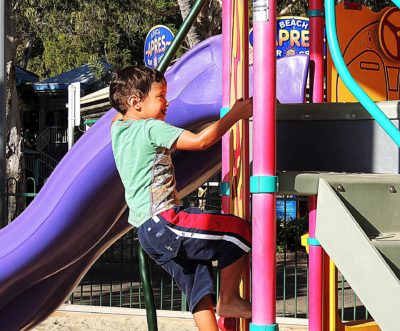
Play parks and designed play areas are popular with children although they are often seen as being primarily for younger children. It is clear there need to be facilities for all ages, and this should be considered when planning new spaces. Recent improvements in the design of play areas has helped overcome some of the problems associated with static, fenced, fixed equipment play parks. Increasing use of more natural materials, undulating surfaces and imaginative landscaping have also made positive contributions by allowing children and young people to experience irregularity and develop the skills and abilities necessary for assessing physical risk.
Natural spaces and features
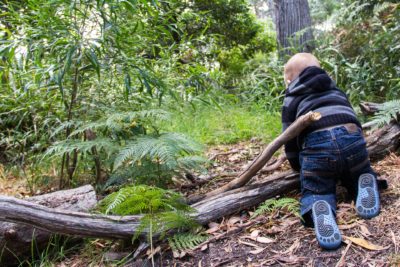
Children and young people seem to be attracted to environments containing natural features and, given the choice, prefer to play (hang about) in open spaces where there are trees and other natural elements. The presence of natural features in less affluent neighbourhoods seems to have a positive effect on children and young people’s social contacts, concentration, self-control and ability to deal with stressful events. Natural environments change over time, offering opportunities for imaginative, creative, dynamic, social and decision-making play. The existence of green spaces in a neighbourhood may also help strengthen community ties by encouraging more people to spend more time outdoors where they can meet in both planned and incidental ways.
Children’s changing play patterns
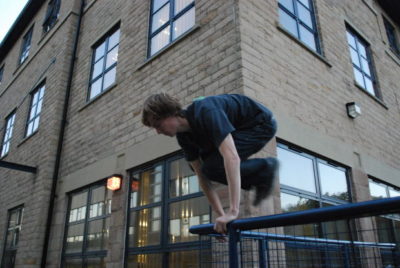
Children and young people’s play patterns have changed over time and the extent to which children play outside has decreased significantly over the past 30 years. Today’s children and young people are constrained by their parents’ and their own fears for their safety, a general loss of community cohesion, the loss of outdoor space as more housing is built with smaller public spaces included, increased volume and speed of traffic and negative adult attitudes. In addition, concern amongst providers about health and safety issues has frequently resulted in existing play facilities being bland, offering few opportunities for children to stretch and challenge themselves.
Constraints on outdoor play
There are a number of wide-ranging concerns which prevent children and young people from playing out (hanging about) more frequently than they would like to and is good for them. These have been well-documented and include:
- The safety of the neighbourhood
- Loss of the sense of community
- The nature of the built environment
- Lack of suitable spaces
- Unsafe roads
- Negative adult attitudes
- Lack of opportunity for risk and challenge
- Fear of other young people
The impact of preventing children playing
Restrictions on children and young people’s play opportunities and experiences impede the enjoyment of their childhoods and can have long-term and damaging effects on their physical, emotional, social and cognitive development.
“… children’s play belongs to children; adults should not destroy children’s own places for play through insensitive planning or the pursuit of other adult agendas, or by creating places and programmes that segregate children and control their play.”
Getting it Right for Play: The Power of Play
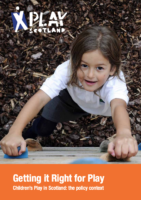
The Power of Play
Documents related to the benefits of Play to children and the wider community. ( Getting it right for play and the power of play)




